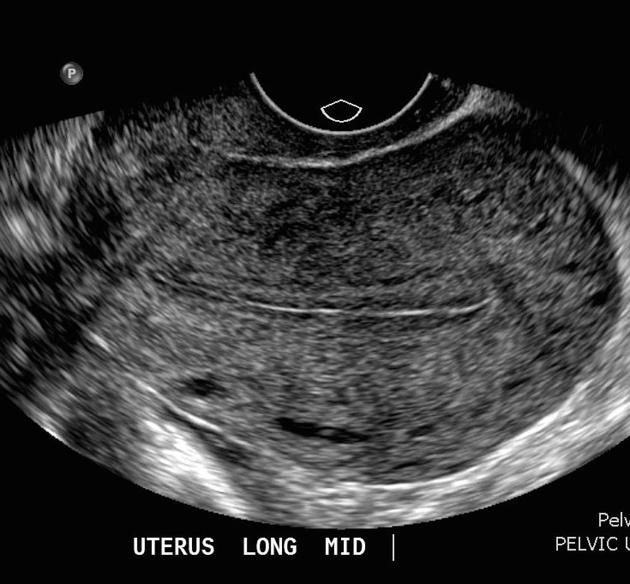Thin endometrium: what should we do to improve the pregnancy rates?

A thin endometrium could lower the clinical pregnancy rate
We need an optimal preparation of the uterine lining to maximize implantation and optimize obstetric outcomes. Success rates in both the fresh and frozen embryo transfers appear to be lower when the endometrial thickness is below 6 mm. However, there is no strong published evidence suggesting a cut-off to recommend the cancellation of embryo transfer. On the contrary, there are some published articles that show that in women thin endometrium the success rate is not clearly lower that those with the ‘ideal’ endometrial thickness.
On the other hand, there are some authors that showed that not only implantation and clinical pregnancy rates may be lower when the endometrium is thin. But also, some evidence showed an increased risk of some obstetric complications, such as pregnancy loss, preterm birth and hypertensive disorders.
In some cases, the cause is associated with previous endometrial damage with scars coming from an endometrial infection or surgeries that led to uterine scarring. In those cases, a hysteroscopy could be useful to diagnose and remove those scars and/or adhesions. However, in many other cases, there is no evidence of such an endometrial damage, and it is not clear what to do to improve the success rates.
The simplest solution that usually works
Extending the course of estrogens administration is usually the first option that most try. Most times, in 7-10 days more, the endometrium gets thicker and with the right pattern. Another simple option is to induce a period and start over again with either the same endometrial preparation protocol or trying with another route of administration (such as transdermal patches or gel, vaginal, intramuscular or oral formulations) or with a higher dose.
Should we use add-ons?: sildenafil, PRP, G-CSF
Some of the add-ons have low quality evidence showing that it may be of some benefit. And some others have no evidence in favor at all. They are usually prescribed when an endometrium thickness of at least 6-7 mm could not be achieved after trying with the above-mentioned options. Among these add-ons we could mention the use of sildenafil, Granulocyte colony-stimulating factor (G-CSF) and Platelet-rich plasma (PRP).
Sildenafil is probably the simplest option among them. It is not only cheap but also the oral or vaginal administration makes it an easy option. The published evidence coming from a serious systematic review showed that it could slightly improve the endometrial thickness. But it was also associated with some adverse symptoms and, especially, it showed the lack of good quality evidence about its impact on the live birth and clinical pregnancy rate.
Regarding the PRP, there are some studies showing benefits both in thickening the endometrial lining and also in improving the clinical pregnancy and live birth rates. However, the quality of the evidence was low to very low and, therefore, a high risk of bias cannot be discarded.
Finally, the G-CSF has been evaluated in a smaller number of studies. In most of them, safety outcomes were not considered. Therefore, it should be considered in the context of an experimental protocol.
And what if nothing works?
If a thicker endometrium is not possible to be achieved, there is still a possibility (although lower) of get a successful pregnancy even when performing an embryo transfer with a thin endometrium. Another option, of course, is to consider a gestational carrier.
In summary
Most times, patients get a thicker endometrium just by having a longer time of endometrial preparation, by increasing the dose or by changing the route of administration of the estrogens. Also, just inducing a period and preparing the endometrium again is a good solution for most cases. For those who still have a thin endometrium, some experimental or less supporting-evidence interventions are available. Finally, going for an embryo transfer with a thin endometrium or doing surrogacy are options as well.


